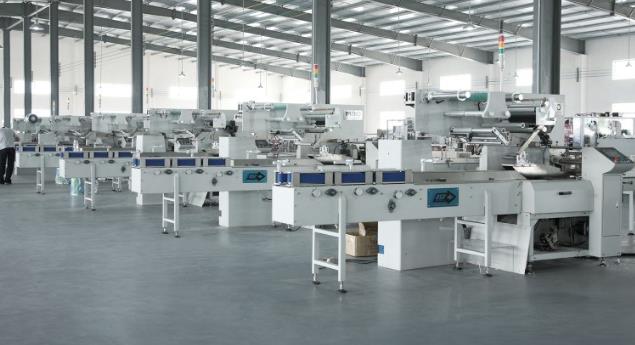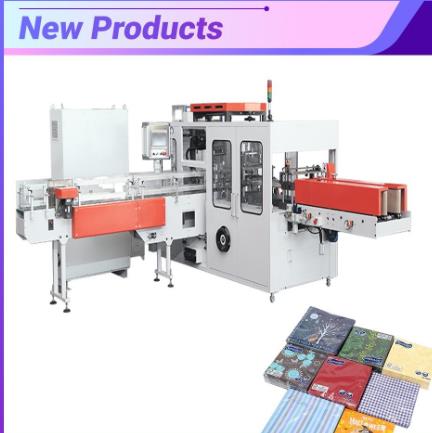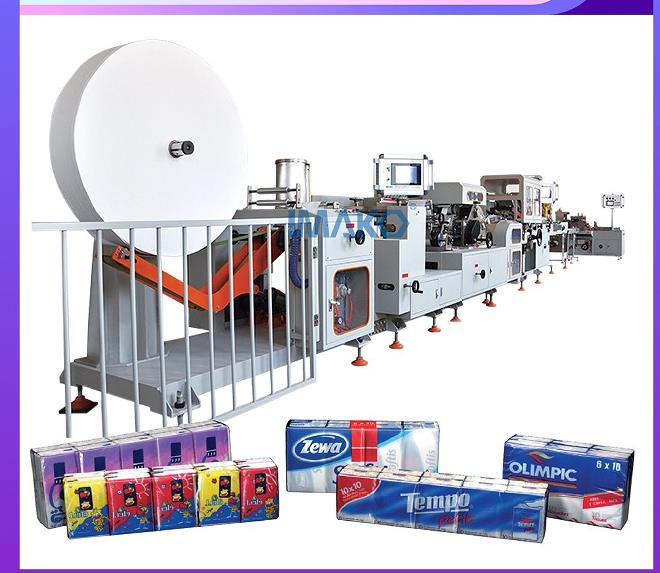Author:IMAKO Tissue MachineFROM:Toilet Paper Machine Manufacturer TIME:2023-07-25
Essential Product Knowledge for Tissue Paper Machines

Tissue paper machines play a crucial role in the production of tissue papers, which are widely used in households, commercial places, and industries. Understanding the essential product knowledge for tissue paper machines is vital for operators, technicians, and engineers involved in the manufacturing process. This article aims to provide a comprehensive overview of the key aspects related to tissue paper machines, including their operation, components, maintenance, and troubleshooting.

Tissue paper machines consist of various mechanisms and processes that ensure the efficient production of high-quality tissue papers. The first step in the operation is the preparation of the raw material, usually wood pulp or recycled fibers, which are then mixed with water to form a pulp mixture. This mixture undergoes several refining stages to improve its quality and consistency. Subsequently, the pulp is transported onto a wire mesh, where it gets dewatered and consolidated into a continuous sheet. Through a series of pressing and drying operations, water is removed from the sheet, and it is ultimately wound into rolls or cut into sheets according to specific requirements.

Tissue paper machines consist of several critical components that work together to ensure smooth operation and high-quality output. The headbox is responsible for distributing the pulp uniformly onto the wire mesh, while the forming section consists of various elements like suction boxes and felt rolls that aid in the formation and dewatering of the sheet. The press section utilizes different types of presses to remove additional water content from the sheet, while the drying section employs hot air hoods and drying cylinders to achieve the desired moisture level. The calendering and reeling sections help in improving the surface smoothness and winding the finished product, respectively.
Regular maintenance of tissue paper machines is crucial to ensure their optimal performance and longevity. This involves routine inspection, cleaning, lubrication, and replacement of worn-out parts. Additionally, operators should be well-versed with troubleshooting techniques to identify and resolve common issues that may arise during the operation. These problems can range from paper breaks and sheet tears to inconsistent sheet formation or improper drying. Timely intervention and adherence to maintenance procedures are essential to minimize downtime and maximize productivity.
In conclusion, a thorough understanding of the essential product knowledge for tissue paper machines is vital for ensuring efficient and high-quality production. Operators, technicians, and engineers should be familiar with the operation, components, maintenance, and troubleshooting techniques associated with these machines. By acquiring this knowledge, they can optimize the performance of tissue paper machines, minimize downtime, and deliver superior tissue paper products that meet market demands.